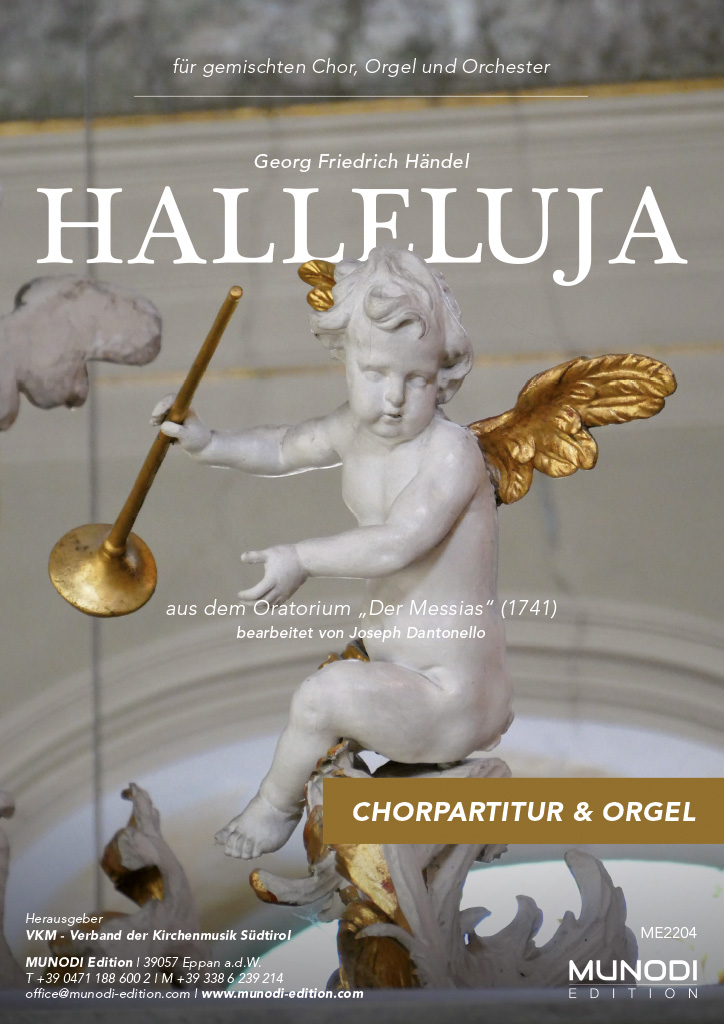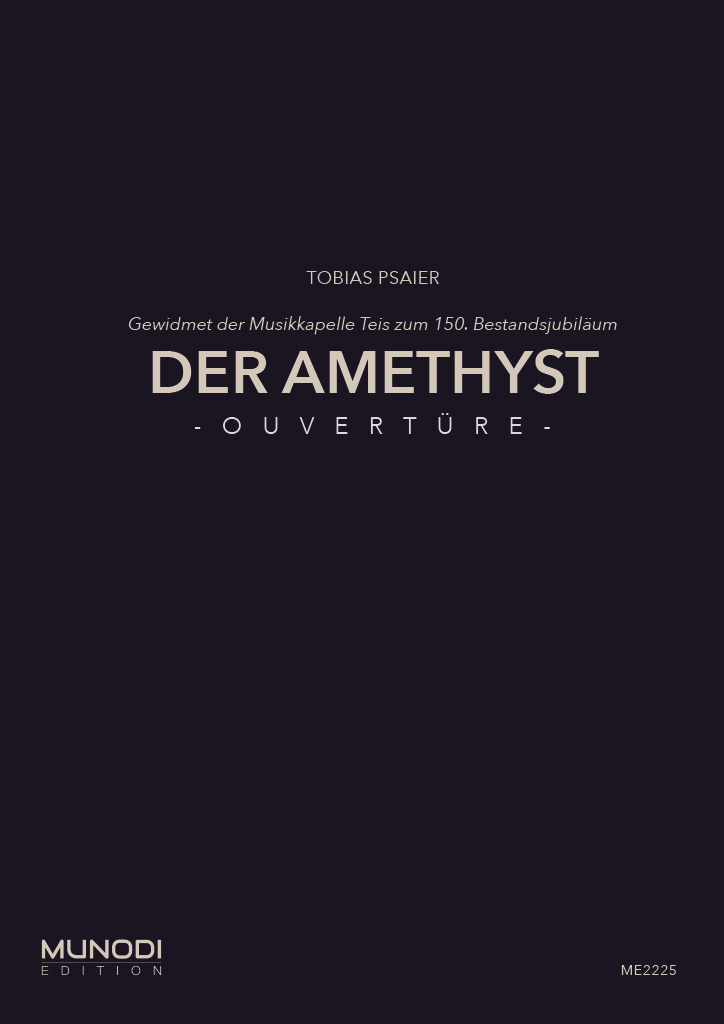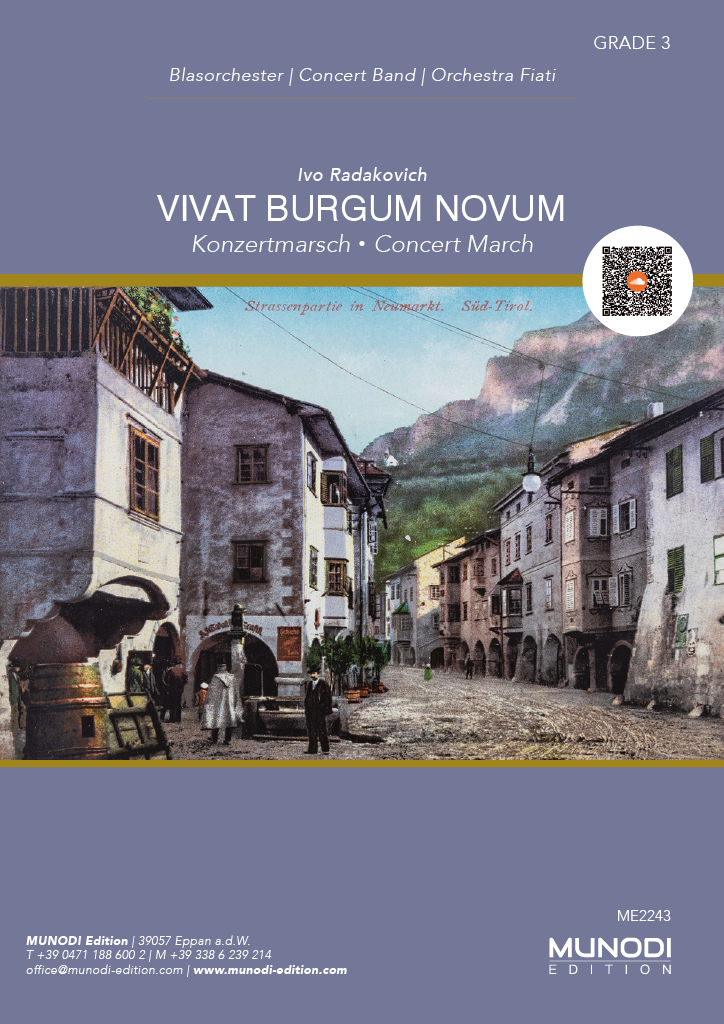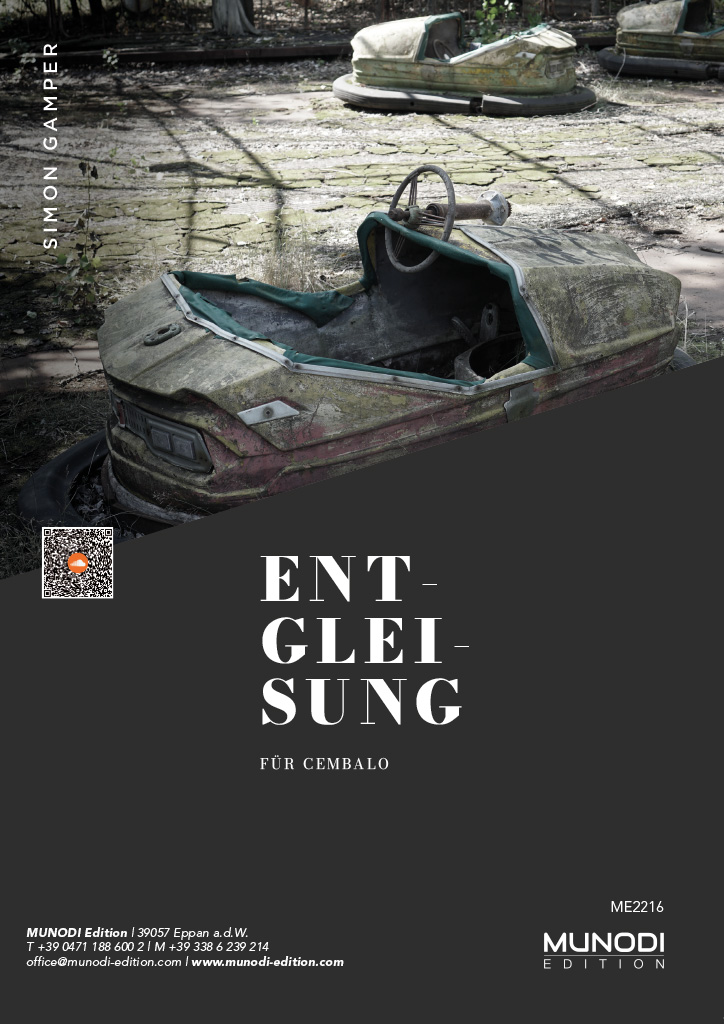Requiem Corona (set of orchestral parts)
“Requiem Corona” is an about 45-minute work for soloists, choir and orchestra.
Pabst adds nothing but his music to the liturgical text in Latin on which the composition is based. And this is characterised by immense creativity. He not only makes full use of the potential of the available sound apparatus, but also challenges it.
The beginning is already unusual. Requiem aeternam – on the six syllables Pabst places a catchy motif, first performed unaccompanied by the soprano solo, which one encounters again and again in the course of the eight movements – Introitus, Kyrie, Dies lrae, Lacrimosa, Sanctus, Pie Jesu, Libera me and In paradisum. The orchestra takes up the motif and passes it on to the choir. The choir often sings together with the soprano and tenor soloists, who, when positioned in front of the audience, ensure excellent understanding of the text. Pabst’s dramaturgy provides plenty of goosebump moments and original combinations, for example when the choir sings accompanied only by tubular bells and double bass pizzicati.
Pabst’s tonal language is late romantic, always accessible, with subtle musical accents, especially as the orchestra is complemented by a trio of piano, drumset and electric bass, which gently adds drive to the whole in some places. Pabst’s music often works towards overwhelmingness, great cinema and powerful emotion. He thus creates a space of confidence with impressive choral symphonic music.
Orchestration:
Flute in C 1 & 2, oboe 1 & 2, clarinet in Bb 1 & 2, bassoon 1 & 2, horn in F 1-4, trumpet in Bb 1 & 2, trombone in C 1-3, harp, timpani, percussion 1 & 2, 6-string electric bass, soprano solo, tenor solo, SATB, piano/celesta, violin I & II, viola, violoncello, double bass.












